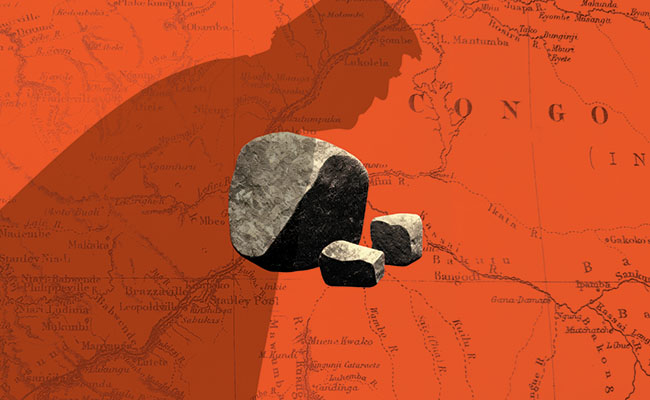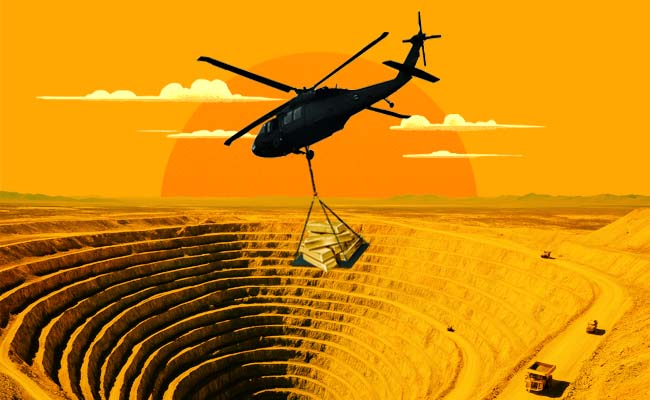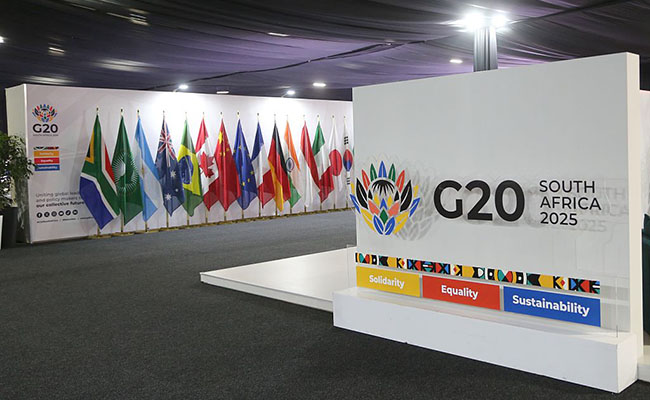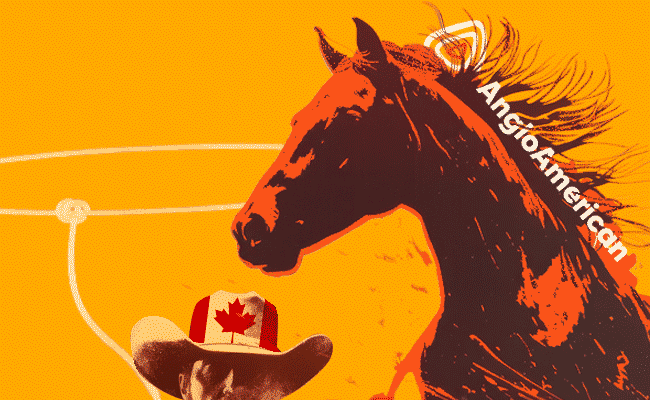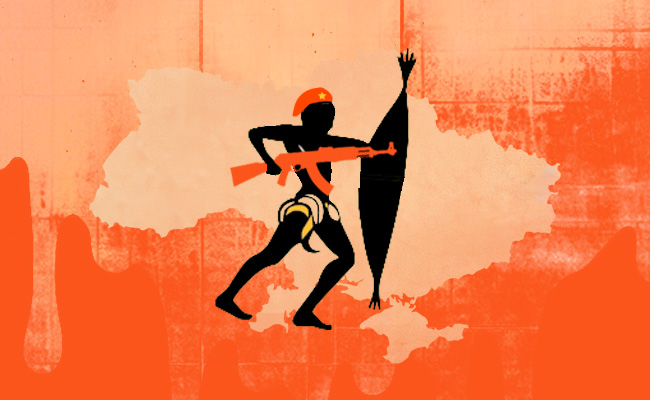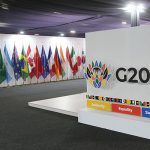The US, the Democratic Republic of Congo (DRC) and Rwanda on June 27 signed to much fanfare a peace and minerals deal to end conflict in eastern DRC in a process mediated by US President Donald Trump envoy Massad Boulos – whose son is married to Trump’s daughter Tiffany – and US secretary of state and “acting” national security adviser Marco Rubio.
No date has been set for the next step – which is for the leaders of the belligerents, presidents Félix Tshisekedi (DRC) and Paul Kagame (Rwanda) to ratify the deal in Washington in the presence of Trump, possibly to more fanfare.
The security aspect of the deal insists Rwanda withdraw all troops, weapons and equipment from eastern DRC and that the DRC disarm and integrate non-state armed groups that threaten Rwanda – and allow the M23 rebels a say in national dialogue. But details of the parallel critical minerals deal that will guarantee US access to DRC’s abundant resources are shrouded in secrecy.
What the deal does do, however, is post a marker for the US – and, equally likely, the Trump family and its allies and supporters – to gain a foothold in the race to secure access to critical minerals such as lithium, cobalt and copper, all of which are essential to the estimated $12-trillion global clean energy transition.
This minerals grab is at the heart of the new geopolitical struggle that underpins US, EU and China foreign policy – and which is central to wars across the Sahel, in eastern DRC and indeed in Ukraine. That the mineral deals are likely to be murky was signalled when Boulos reportedly insisted Tshisekedi fire his expensive team of Washington-based lobbyists and communicate directly with the administration on the deals.
For the broader Trump administration, the two-pronged peace and minerals deal is the latest event in its transactional and chaotic push-back on China’s influence and control of the critical minerals supply chain – a battle that the US has already largely lost in DRC and across Africa.
In DRC, China Molybdenum controls the El Dorado of copper, Tenke Fungurume, of which veteran miners used to speak of in hushed tones, such are the mines’ high-quality copper and cobalt reserves. Ironically, Tenke Fungurume was developed by Canada’s Lundin and US giant Freeport McMoRan, which sold its 70% to China Molybdenum for $2.65bn in 2016 in a deal that now gives China control of an estimated 20% of global cobalt production.
Cruising in on the coat tails of the deal come US billionaires Jeff Bezos, Michael Bloomberg and Bill Gates – backers of KoBold Metals Co, a start-up that promises to use AI-powered mineral exploration and which is hoping, on the back of the US-DRC deal, to ratify its acquisition of Australia’s AVZ Minerals’ stake in the Manono lithium project.
AVZ claims that Manono’s 400Mt of lithium makes it the world’s largest undeveloped deposit. But in 2023 – before the Rwanda-backed M23 rebels took control of the eastern Kivus and sent Tshisekedi scurrying to Washington for help – Tshisekedi’s government unilaterally took back AVZ’s exploration rights and handed them to Chinese mining giant Zijin. AVZ has arbitration proceedings in play, but the current KoBold-White House’s pressure is likely to be more effective.
Meeting demand
Meanwhile, the Trump administration is reportedly pushing to renegotiate the terms of the Lobito Corridor – one of two major rail infrastructure projects that are crucial to the export of the critical minerals and vastly increased copper exports from DRC and Zambia that are anticipated over the next decade.
The rumoured reason is the China Communications Construction Company’s recent acquisition of 32.41% of Mota-Engil – an Angola-Portuguese family-owned construction company. Mota-Engil – which was founded in Angola – is central to the Lobito Corridor Project. Mota-Engil, with commodities giant Trafigura and South Africa’s rail operator Vecturis won a 30-year concession to operate and maintain the Kolwezi-Lobito railway. Trafigura and Mota each hold a 49.5% stake in the consortium, with Vecturis holding the remaining 1%. Though Trafigura announced its first Lobito copper export to the US in January 2024, the Lobito Atlantic Railway consortium is badly in need of US private sector and development funds to finance the upgrade of rail and port link.
Almost simultaneously, the China Civil Engineering Construction Corporation has also won a 30-year concession to operate the Tazara railway linking Kapiri Mposhi in Zambia’s copperbelt with Tanzania’s eastern seaboard port of Dar es Salaam. It has announced a $1.4bn investment to upgrade the line and buy new rolling stock.
Likely losers from these infrastructure deals will be South Africa and Namibia. Up to now, most copper is exported by truck via Namibia’s Walvis Bay or via South Africa’s Durban. Lobito and Tazara will see DRC and Zambia dramatically reduce dependence on these ports.
Underpinning all of this activity is sustained demand for these minerals and, until and unless DRC and Rwanda implement this peace and allow miners to develop DRC’s mines unimpeded, a structural shortage of supply.
For copper alone demand from electric cars, renewable energy systems and data centres is expected to see demand increase by 16% over the next five years to 25.9Mt. Mining giant BHP expects to see a supply shortage of copper of 10Mt for at least a decade.
The consequence is rising prices. Goldman Sachs’ latest forecast expects copper prices to hit $10,050 per tonne in August 2025 before falling back to $9,700 by December. Copper in June traded in the $9,000-$9,200 range – already a significant premium on 2024’s average price of about $8,700 per tonne. At these prices, it makes it worthwhile for even late arrivals to the commodities ball – like the Trump administration.
- An earlier version of the story miss-identified the connection between president Trump and envoy Massad Boulos. Apologies for the error.
Top image: Congo Map by Stanley, Public Domain; Rawpixel / Currency collage.
Sign up to Currency’s weekly newsletters to receive your own bulletin of weekday news and weekend treats. Register here.



